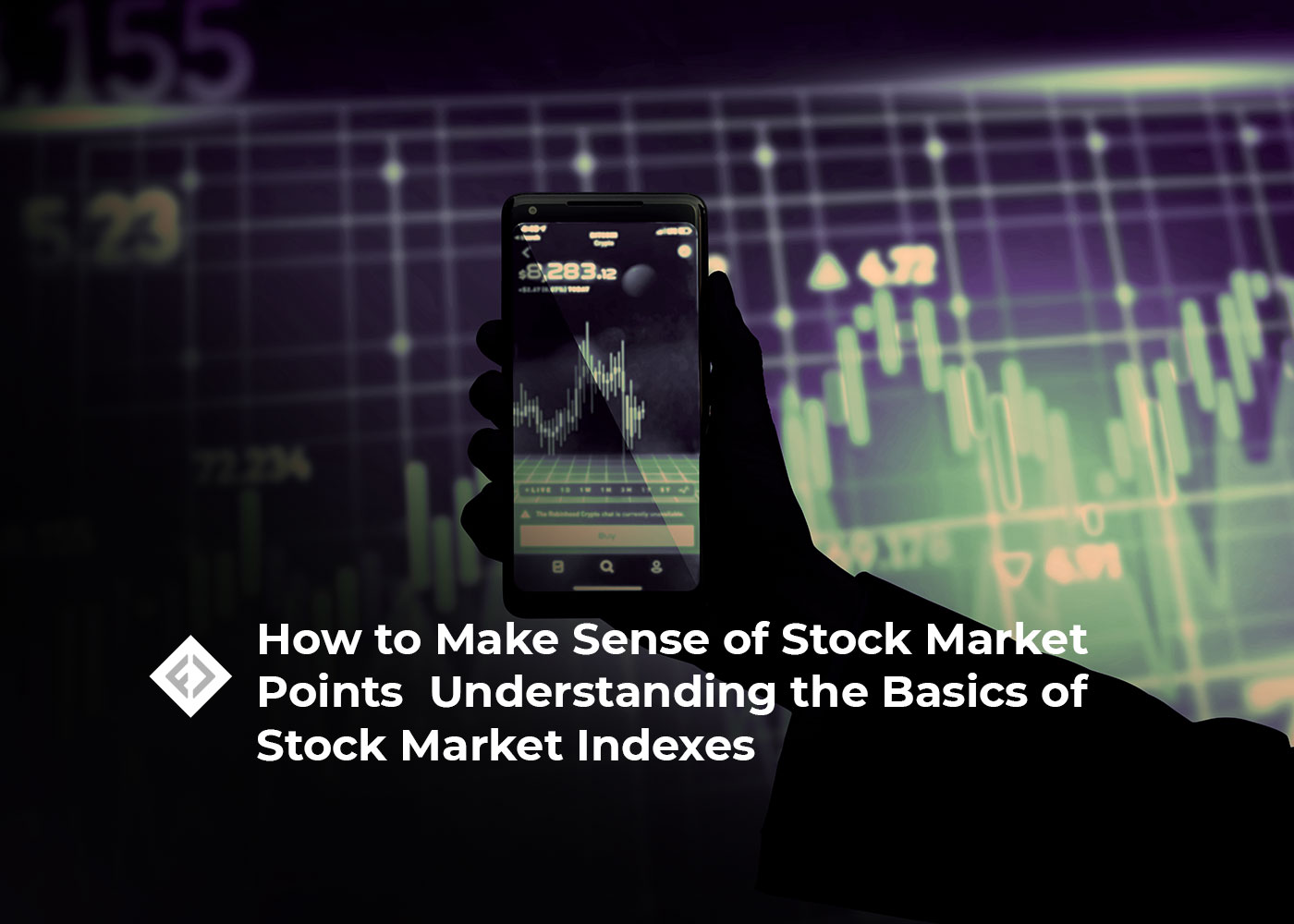Do you ever wonder how the stock market works and what are stocks market points people talk about? With so much confusion around the stock market, it’s no surprise that many people need help understanding it. Understanding how stocks generally work is very simple. In this blog post, we’ll break down everything you need to know about stock market points, from the explanation of terminology to more advanced topics like what affects their values and different strategies for making gains in this space. Read on to get all your questions answered!
What Is Market Points?
A market point is a specific value or price level in the market where buying and selling pressure tends to increase or decrease. These points are usually identified by technical analysts using various indicators and chart patterns. Market points can be either support or resistance levels.
A support level is strong enough to increase buying pressure and prevent further price declines. In other words, when the price of an asset hits the support level, buyers enter the market and buy the purchase, preventing the price from falling further. Support levels can be identified by connecting chart lows. These are typically used by traders who want to protect their positions if the price drops below support levels to set stop-loss orders.
On the other hand, a resistance level is a price level at which selling pressure is building and is strong enough to prevent further price increases. Sell it and prevent the price from rising further. Resistance levels can be identified by connecting chart highs. Resistance levels are typically used by traders who want to sell their positions to place take profit orders if the price reaches the resistance level.
Market points can also be used to determine trade entry and exit points. For example, a trader can buy an asset when the price hits a support level and sell an asset when the price hits a resistance level. Alternatively, traders can sell the asset when the price hits the resistance level and buy back the purchase when the price hits the support level.
Overall, market points play an essential role in technical analysis and trading. By identifying these points, traders can make informed decisions about when to enter and exit the market, place stop-loss and take-profit orders, and manage risk effectively.
What Is Stock Market?
A stock exchange is a market where listed companies sell their shares to investors. It is an integral part of the global economy as it allows companies to raise capital to operate and expand their businesses while providing investors with the opportunity to profit from the success of those companies.
The stock market is often a barometer of economic health because it reflects overall investor sentiment toward the economy and individual companies. Generally, when the stock market does well, it indicates a strong economy and a positive business outlook. Conversely, weak stock market performance is often seen as a sign of a weakening economy and a lack of confidence in the business environment. There are two main types of stock markets.

Primary and secondary. A company first issues shares in the primary market through an initial public offering (IPO). In an IPO, a company sets a price for its shares and sells it to institutional investors, such as investment banks, who sell it to the public. In the primary market, companies raise money to fund their operations and expansion plans.
On the other hand, in the secondary market, shares are bought and sold by investors after being issued on the primary market. The stock market is where the most attention is focused, as it is in constant motion, and stock price movements reflect investors’ buying and selling decisions. In the secondary market, investors can also profit by buying shares when prices are low and selling when prices are rising.
Several factors affect stock market performance, including interest rates, inflation, and economic indicators such as GDP growth. Corporate earnings reports, mergers and acquisitions, and geopolitical events can also affect stock markets.
Stock markets are an essential part of the global economy, providing companies with access to capital and investors with the opportunity to profit from their investments. However, it is crucial to remember that investing in the stock market involves risk. Conducting proper research and seeking professional advice before making any investment decision is essential.
What Are Stocks Market Points?
When we are talking about what are stock market points represents the movement of a stock market index, which is a basket of stocks selected and weighted in a particular way that represents the performance of a specific sector, industry, or the market as a whole. For example, the DJIA is a stock market index that tracks the performance of 30 large publicly traded U.S. companies. The S&P 500, on the other hand, is an index that tracks the performance of various sectors of the 500 large-cap U.S. companies.
Stock market indices are typically calculated using a formula that considers the market capitalization of each stock in the index (that is, the total value of a company’s outstanding shares). If the index stock price rises or falls, the index value rises or falls accordingly. Stock market index movements are usually expressed in points or percentage points. Points refer to the absolute change in the exponential value, and percentage points refer to the percentage change in the original value. For example, if the DJIA goes from 32,000 to 32,500, the index has increased by 500 points or 1.56% (500/32,000).
Note that stock market index movements do not necessarily indicate the health of the economy as a whole or the performance of individual companies. Market volatility, geopolitical events, and other factors can cause stock prices to race, resulting in short-term gains or losses that do not reflect the underlying fundamentals of the companies in the index.
Consequently
In conclusion, understanding what are stock market points essential for anyone looking to become more financially literate. Stock market points to measure how much security has increased or decreased, providing insight into its performance over a certain period. Furthermore, an investor’s risk profile should always be considered when making stock decisions and other investments. Taking these steps before investing can help ensure that any investor feels comfortable and well-informed when making critical financial decisions.











